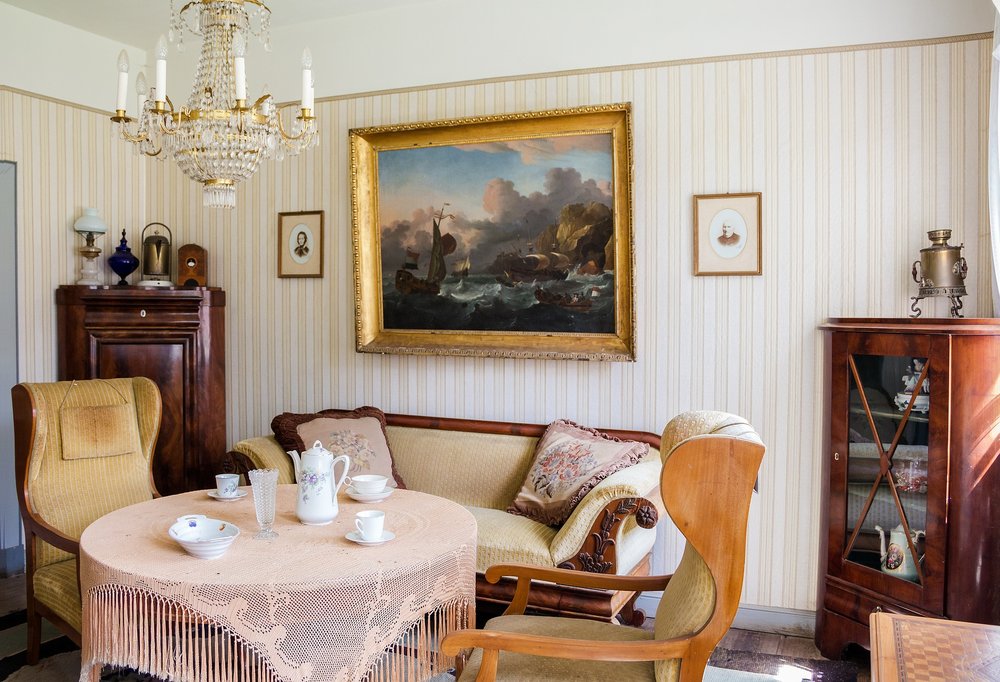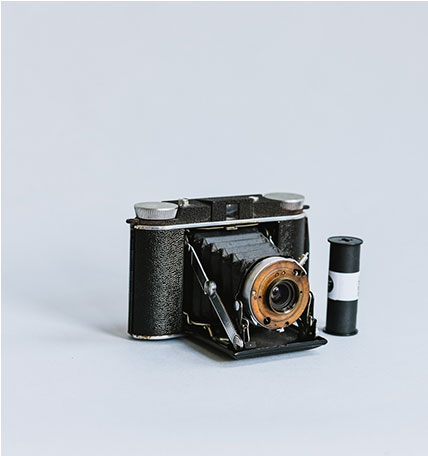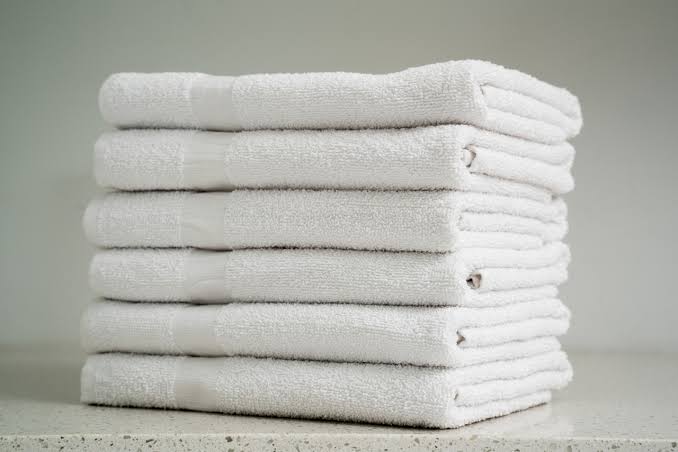Why Long Island is a Hotspot for Antique Buyers: Exploring the Market
Long Island, with its rich history, diverse communities, and vibrant economy, has become a prime destination for antique enthusiasts. Whether you’re a seasoned collector or someone looking to furnish your home with unique, historical pieces, Long Island offers a thriving market for antiques. In this blog, we’ll explore the reasons why Long Island is such a hotspot for antique buyers, delving into the historical context, buyer demographics, and current market trends that make this area so special.
1. A Rich Historical Tapestry
One of the primary reasons Long Island is a magnet for antique buyers is its deep and varied history. Long Island has been a significant location since the colonial era, with settlements dating back to the 1600s. This long history has left a legacy of antiques that reflect various periods, from early American craftsmanship to Victorian and mid-century modern styles.
The historical context of Long Island means that many homes, estates, and businesses have preserved antiques passed down through generations. This provides a unique opportunity for buyers to discover pieces with genuine historical significance, whether they are looking for furniture, decorative arts, or collectibles that tell the story of America’s past.
2. Diverse and Discerning Buyer Demographics
The demographic diversity of Long Island plays a crucial role in its status as a hotspot for antique buyers. The area is home to a wide range of people, from affluent professionals to history buffs, artists, and interior designers, all of whom have different tastes and motivations for purchasing antiques.
Antique buyers on Long Island often seek high-quality, rare pieces to enhance their homes or personal collections. Meanwhile, younger buyers and artists may be drawn to more eclectic or affordable pieces that they can incorporate into modern or creative spaces. This diversity in buyer demographics ensures a robust and varied market where different types of antiques can find eager buyers.
3. Proximity to New York City
Long Island’s close proximity to New York City, one of the world’s most significant cultural and economic hubs, further enhances its appeal as an antique market. NYC’s influence means that Long Island benefits from a steady influx of buyers who are either visiting the area or looking to escape the higher prices and competition of the city’s antique market.
Moreover, many New York City residents have second homes on Long Island and seek to furnish these properties with unique antiques that reflect their personal style and the historical character of the area. This relationship between NYC and Long Island creates a dynamic market where antiques are highly valued and sought after.
4. Thriving Estate Sales and Auctions
Long Island is renowned for its estate sales and auctions, which are major attractions for antique buyers. The area’s historical estates and older homes frequently come up for sale, offering a treasure trove of antiques that are often well-preserved and of high quality.
These estate sales and auctions are not just local events but draw buyers from across the region, including serious collectors and dealers. The competitive nature of these sales ensures that high-quality antiques are consistently available, making Long Island a reliable source for buyers who are looking for specific items or rare finds.
5. A Market Driven by Trends and Nostalgia
The antique market on Long Island is also driven by trends and a strong sense of nostalgia. Buyers here often seek pieces that remind them of the past, whether it’s a family heirloom or a style that reflects the area’s colonial or maritime heritage. This nostalgia fuels demand for specific types of antiques, such as farmhouse furniture, nautical-themed items, and early American pieces.
In addition to nostalgia, current design trends also influence the market. There is a growing interest in mid-century modern furniture, vintage industrial decor, and pieces that can be integrated into contemporary settings. Long Island buyers are particularly attuned to these trends, which ensures that the market remains vibrant and responsive to both classic and modern tastes.
Conclusion
Long Island’s antique market is thriving for many reasons: its rich historical context, diverse buyer demographics, proximity to New York City, and a strong community of dealers and enthusiasts all contribute to its appeal. Whether you’re looking to buy or sell antiques, Long Island offers a unique and dynamic market that caters to a wide range of tastes and interests. With its blend of history, trend-conscious buyers, and a supportive community, Long Island truly stands out as a hotspot for antique enthusiasts.
See Also: Why Long Island is a Hotspot for Antique Buyers: Exploring the Market.
FAQs:
1. Why is Long Island considered a great place to buy antiques?
Long Island is rich in history, has diverse buyer demographics, and hosts thriving estate sales and auctions, making it a prime location for antique buyers looking for unique and valuable pieces.
2. How does Long Island’s proximity to NYC affect its antique market?
Long Island benefits from its proximity to New York City, attracting buyers who are looking for high-quality antiques without the high prices and competition of the city’s market.
3. What types of antiques are most popular on Long Island?
Popular antiques on Long Island include farmhouse furniture, nautical-themed items, mid-century modern pieces, and early American artifacts, reflecting both the area’s history and current design trends.






